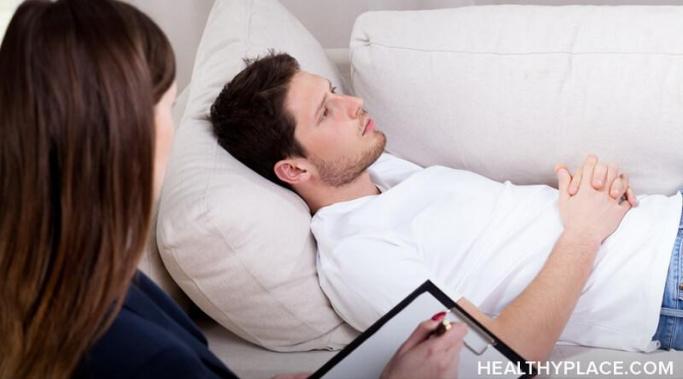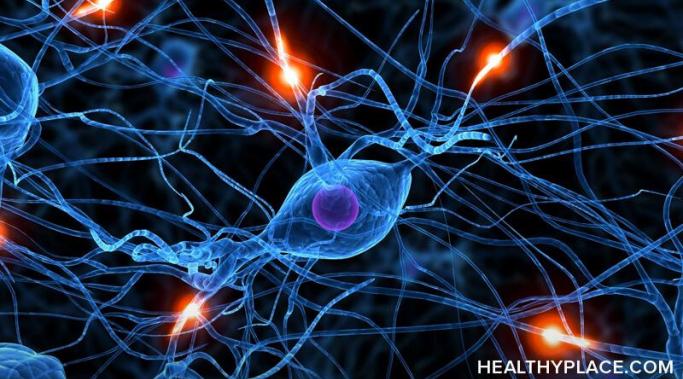In a recent blog post, I talked a little about the fact that I restarted therapy for the first time in many years. Specifically, I spoke about how it was a lot more difficult than I imagined it would be.
Anxiety Treatments – Anxiety Schmanxiety
"I am innocent of the illness that befell me." "I am strong. I am brave." "I am worthy of self-compassion." These are a few of my positive affirmations, said aloud or in silence, to help (re)train my brain. When I started therapy to treat trauma-induced anxiety and panic, these words were hollow and represented nothing more than wishful thinking. As my treatment progresses, adaptive thoughts, similar to my affirmations, are integrating themselves into what I believe about myself.
A little while ago I wrote about my experience with eye movement desensitization and reprocessing (EMDR) therapy. I had never heard of EMDR until my therapist, who specializes in trauma therapy, introduced it to me as a way to treat the panic and anxiety I experience associated with a trauma I recently suffered. Now, I'd like to share how I feel immediately following an EMDR session.
My history with therapy has been, to put it mildly, spotty. I’ve seen a number of therapists since I was a child, but I haven’t had good experiences with most of them – this was due to any number of factors ranging from some being incompatible with my personality to others literally causing me to cry after the session ended. Because of that, my desire to continue with any new therapist has not been strong. But because my mental health has been so unstable for a while now, I decided I needed to make a change. As of the end of last month, I decided to restart therapy, so this post will focus on that.
Therapy can be grueling sometimes. Anybody who tells you differently is either lying or trying to soften the blow. Regardless, they've done you a disservice, in my opinion. In order to reap the benefits of therapy, a commitment to work hard in partnership with your therapist is required. I've engaged in trauma therapy to help with my anxiety. My experience with eye movement desensitization and reprocessing (EMDR) trauma therapy is hard work that's paying off.
They say there's an app for everything. I certainly have dozens of apps on my mobile devices that provide access to whatever I need at my fingertips. I recently started using an app to track my moods as a means by which to map the ups and downs of my anxiety.
I've been on antianxiety medication since 2001 when I was first diagnosed with anxiety and depression. Out of some odd compulsion or perhaps, shame from having to take drugs to manage my mental illness, I weaned off my anxiety medications three times since I began. The first two times, it ended badly. The last time, it ended in disaster.
A few years ago, I wrote a post talking about how my love of stuffed animals helps me with my anxiety. To this day, I get more positive comments about that post than anything else I’ve written, and I’m glad that it has resonated with those who have read it. In this post, I want to continue talking about stuffed animals because they still play a big part in how I manage my anxiety.
I've had acute panic and anxiety since I was a child; this was undiagnosed anxiety, of course. I remember waking up out of a sound sleep in the middle of a panic attack, although I didn't know that's what it was at the time. My parents said I was having bad dreams, which I'm sure made sense to them. Even as a child, I knew that I wasn't having bad dreams, although the symptoms felt like I was locked in some kind of nightmare.
There are oodles of books on self-care nowadays. Its importance to wellbeing is plastered all over social media, is fodder for talk shows and podcasts, and is touted by doctors and therapists (in my experience) as essential to curing what ails the mind and body. That being said, practicing self-care can be hard.








